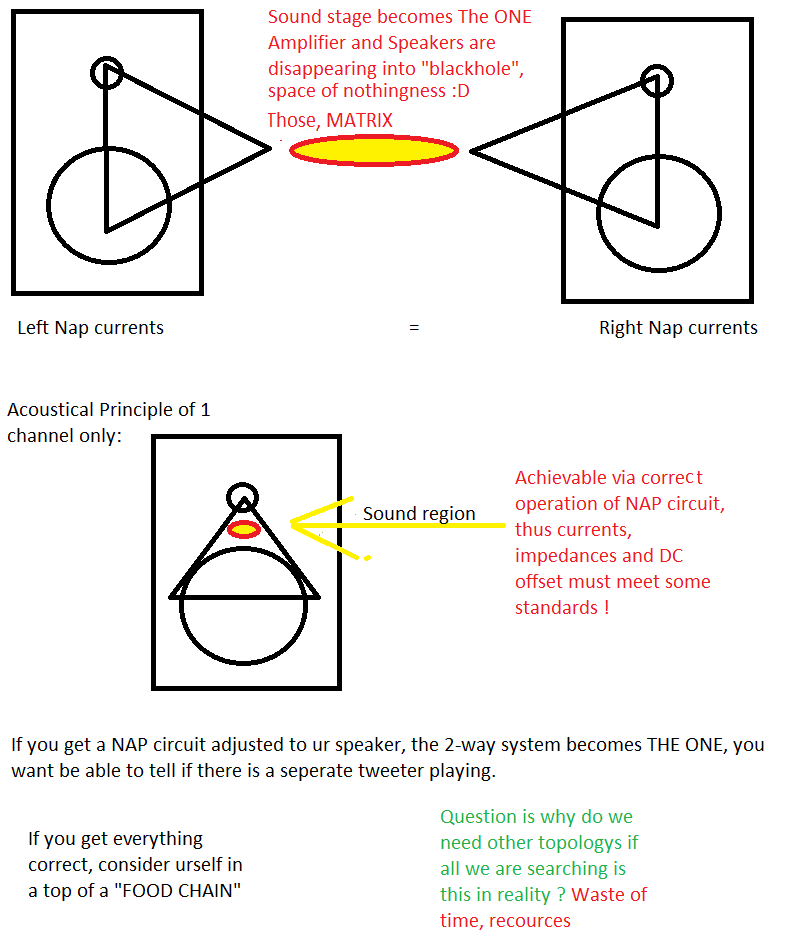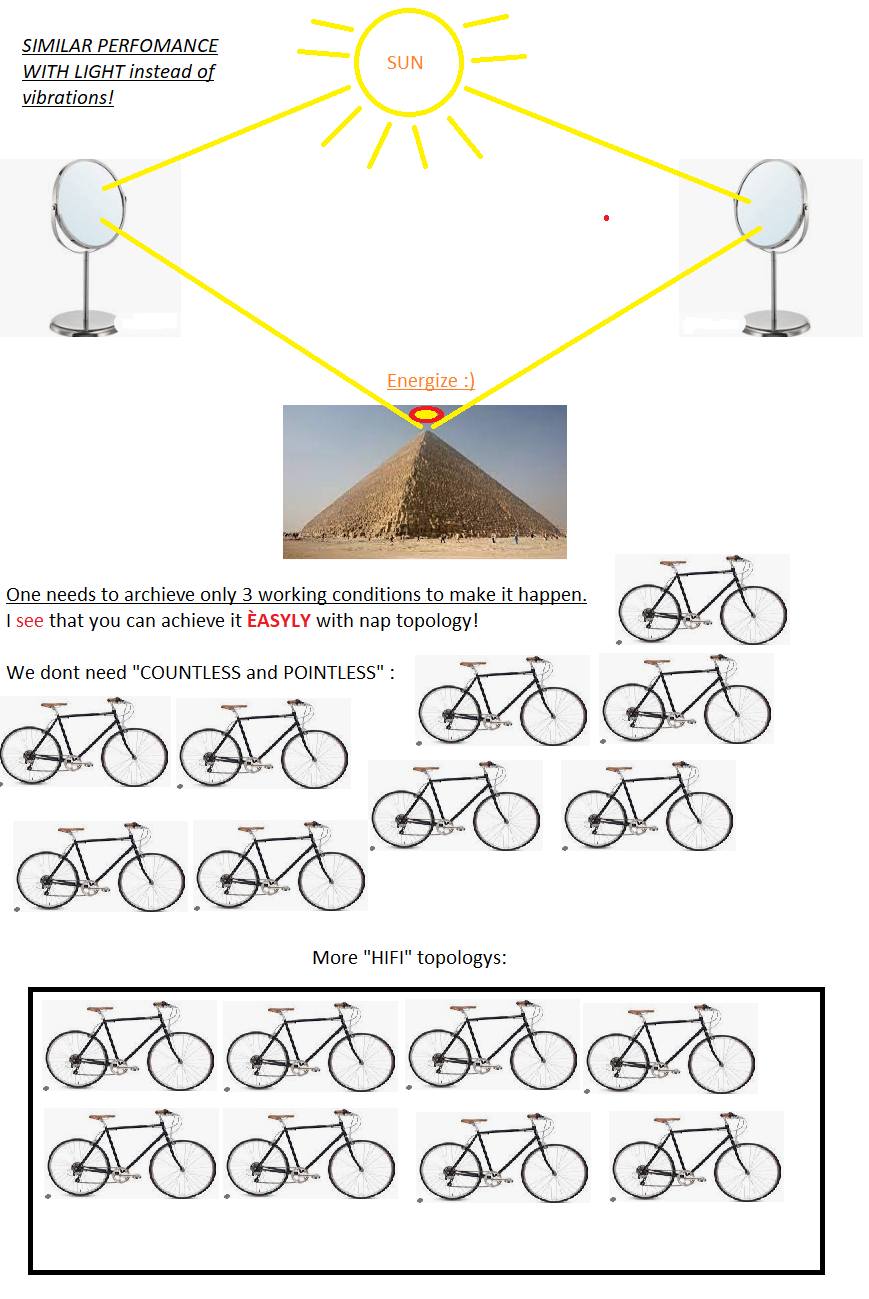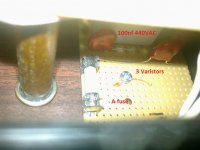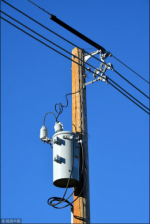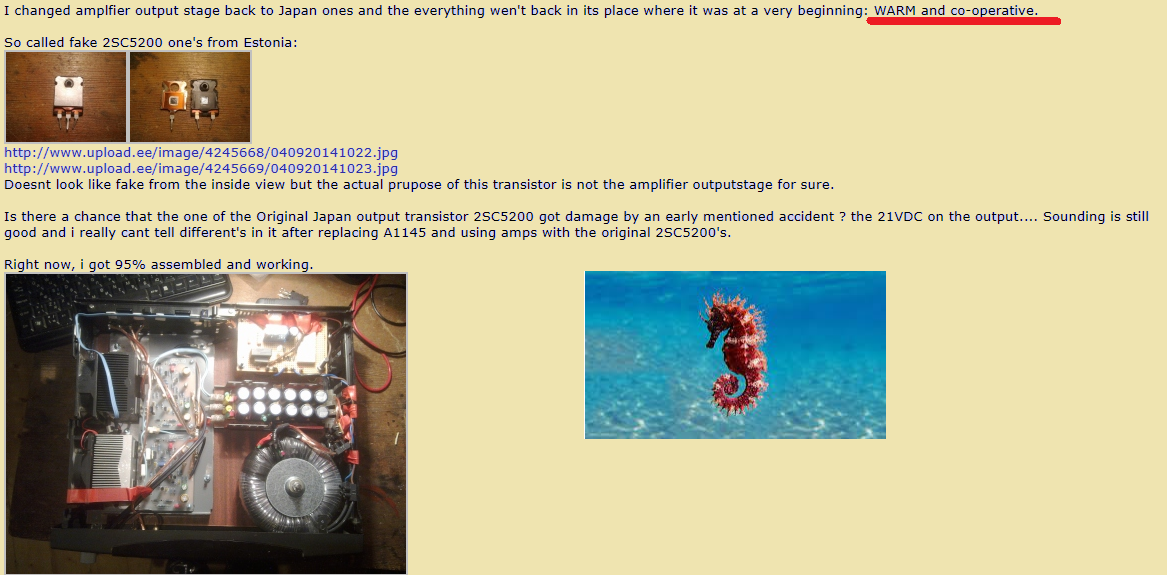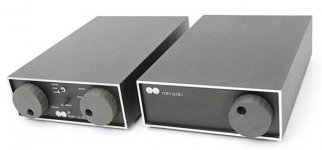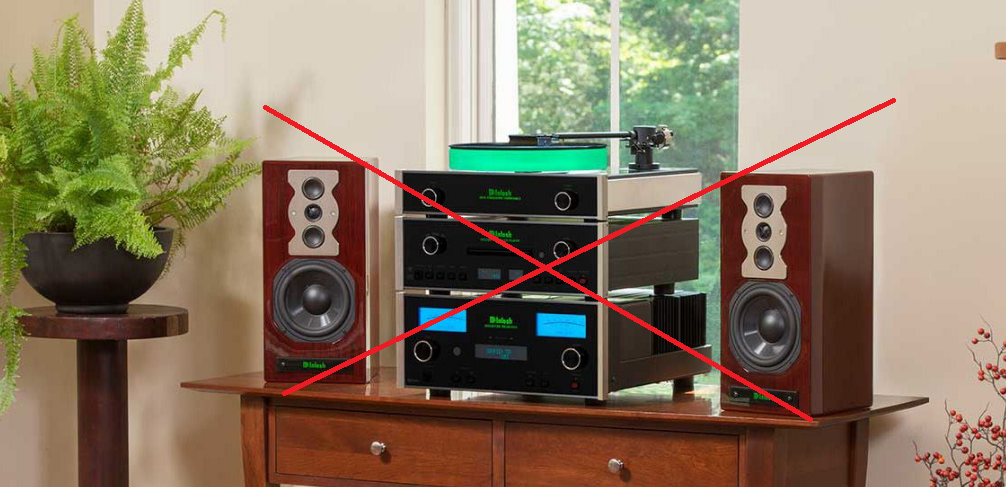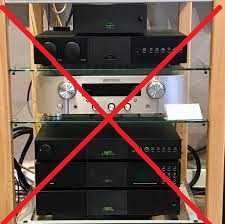Member
Joined 2009
Paid Member
NAP = take a NAP, sleep ?
I am just trying to wake you up guys

Its what i experienced.... bettering out Sony is a not a simple deal imo. Sony have its "sound" stage also but its not as cool as with NAP
Maybe its not achievable with MJE, 2SC2922 Combo, but definitely with TIP and TOSHIBA
I am just trying to wake you up guys

Its what i experienced.... bettering out Sony is a not a simple deal imo. Sony have its "sound" stage also but its not as cool as with NAP
Maybe its not achievable with MJE, 2SC2922 Combo, but definitely with TIP and TOSHIBA

When you take your next NAP  , try to dream of reasons why particular part numbers or semiconductor brands should not be different in some detectable ways. When you think about it, there will almost certainly be differences apart from the chip itself, that affect how it operates - particularly when some heat and dissipation are involved.
, try to dream of reasons why particular part numbers or semiconductor brands should not be different in some detectable ways. When you think about it, there will almost certainly be differences apart from the chip itself, that affect how it operates - particularly when some heat and dissipation are involved.
It goes without saying that little bags of Chinese semis will not bear much resemblance to the marked original Toshiba, Onsemi or Philips components. Even genuine off-brand copies from Korea, Taiwan etc. tend to be quite different whilst still within the specifications. There are typical characteristics shown on datasheets too, but those aren't specs - just general guides.
It goes without saying that little bags of Chinese semis will not bear much resemblance to the marked original Toshiba, Onsemi or Philips components. Even genuine off-brand copies from Korea, Taiwan etc. tend to be quite different whilst still within the specifications. There are typical characteristics shown on datasheets too, but those aren't specs - just general guides.
particularly when some heat and dissipation are involved.
Yes ian, a flash or gleam of light was shining at some moment in time.... it is so hard to explain and convince you guys
But it is more fun to play with the imagination, maybe there are some forces who can guide a person in a particular situation...

This is my first filter from behind, follow the schematic.
I remember i had a talk with one of the electronic repair, so i asked him what is the deal about audio.
He said all we listen is silence actually in audio ... it now starts to make sense why he said that.
... it now starts to make sense why he said that.
FAST amplifier(NAP topology) + accuracy + silence = there is nothing better a soul can ask for.
I remember i had a talk with one of the electronic repair, so i asked him what is the deal about audio.
He said all we listen is silence actually in audio
FAST amplifier(NAP topology) + accuracy + silence = there is nothing better a soul can ask for.

Attachments
Yes, it's a line filter and intended to block high (relative to 50Hz) frequency noise that may be present on your AC mains supply. Simple ways to check what it really does, is power your amplifier with a regulated bench power supply or batteries instead. An audiophile guy I know, powers his whole audio system directly from isolated, solar DC storage batteries and says how wonderful it sounds etc. It's a nice idea but I don't have much noise on my power line and I don't hear much, if any benefit. Sure, I do have some measureable EMI noise from my PC and bench equipment but it's easy to turn them off for listening.
There seem to be noisy power supplies everywhere, now that solar power systems and SMPSs are used to power almost everything electronic or motorized. Some people also like having lots of gadgets working at the same time as listening but the gadgets are often cheap, badly designed appliances that leak noise into the mains supply or radiate it like a transmitter. This can easily enter audio systems through unshielded wiring, particularly DIY builds that have no filtering, poor or no shielding (some are in plastic or wooden boxes) and often ungrounded. So consumer audio gear often now has a number of "trap" filters built-into the electronic design and these are intended to block much of the noise in a similar but more cost-effective way to your line filter. I guess any difference you find would show up in the sophisticated EMI testing that is compulsory in most countries now.
To summarise; if you build audio gear without enough shielding, you will likely have EMI and RFI noise problems and if you can hear a difference in sound quality when you fit a line filter, there must be a significant problem. 'Best solution if you want to use your creation for critical listening or regularly at home, is build it in a full metal enclosure, just like older audio products that had an earthed chassis. Whatever you do, don't try the dangerous route of double-insulation which requires professional engineering to be safe and noise-free .
.
There seem to be noisy power supplies everywhere, now that solar power systems and SMPSs are used to power almost everything electronic or motorized. Some people also like having lots of gadgets working at the same time as listening but the gadgets are often cheap, badly designed appliances that leak noise into the mains supply or radiate it like a transmitter. This can easily enter audio systems through unshielded wiring, particularly DIY builds that have no filtering, poor or no shielding (some are in plastic or wooden boxes) and often ungrounded. So consumer audio gear often now has a number of "trap" filters built-into the electronic design and these are intended to block much of the noise in a similar but more cost-effective way to your line filter. I guess any difference you find would show up in the sophisticated EMI testing that is compulsory in most countries now.
To summarise; if you build audio gear without enough shielding, you will likely have EMI and RFI noise problems and if you can hear a difference in sound quality when you fit a line filter, there must be a significant problem. 'Best solution if you want to use your creation for critical listening or regularly at home, is build it in a full metal enclosure, just like older audio products that had an earthed chassis. Whatever you do, don't try the dangerous route of double-insulation which requires professional engineering to be safe and noise-free
 .
.This filter cost is 2-3euro, maybe it can make all amplifiers sound reasonable good and super quiet.
e.
I think you need to install a Healing Crystal, preferably Wytches Amethyst, in the center of that toroid and it will have a dramatic effect on the sound. The Healing Crystal will magnetically couple to the sound stage degrading common mode noise and absorb them by 1000's up to perhaps -1,000,000 dB rejection.
The crystal will need to be removed from time to time and be used in a Cleansing Ritual where chanting and tantric dance will be used to reverse and lattice defects.
I almost got brain-washed
Took me some time to figure it out.... our amplifiers are tuning into AC IMPEDANCE circuits, nothing else... all current is taken from AC... and re-arranged for speaker consumption.
A choke is there to provide "correct" impedance for the output stage... silent, accurate, warm sound.
We dont even need pre-amplifiers, all we need is 2 output transistors switching in "corrected" environment by the chokes.
NOW, NAIM KNOWS THIS. LONDON Electricity my ***.
my ***.
NAP is a perfect topology for this duty.
Took me some time to figure it out.... our amplifiers are tuning into AC IMPEDANCE circuits, nothing else... all current is taken from AC... and re-arranged for speaker consumption.
A choke is there to provide "correct" impedance for the output stage... silent, accurate, warm sound.
We dont even need pre-amplifiers, all we need is 2 output transistors switching in "corrected" environment by the chokes.
NOW, NAIM KNOWS THIS. LONDON Electricity
NAP is a perfect topology for this duty.
Attachments
The choke is there only to provide common-mode cancellation of the frequencies above 50-60Hz (noise) that aren't wanted in the power supply which, BTW, should ideally be 100% DC.
Here's a short explanation of the C-M type of choke but you will find others - some too simple, some to wordy for words!
How Common Mode Chokes Work | Wurth Elektronik: Electronic & Electromechanical Components > News > Blog: World of Electronics
Here's a short explanation of the C-M type of choke but you will find others - some too simple, some to wordy for words!
How Common Mode Chokes Work | Wurth Elektronik: Electronic & Electromechanical Components > News > Blog: World of Electronics
Last edited:
Okey guys, i believe you now  You now convinced me fully, i will go changing transistors and capacitors and read some materials to full my brain with some transistor and capacitor knowledge.
You now convinced me fully, i will go changing transistors and capacitors and read some materials to full my brain with some transistor and capacitor knowledge.
I need more transistors and capacitors, more money and soldering wire.
I also need gold and silver.
We dont need tesla, who is he right ? **** him... Transistor and capacitor is our choice now
GoodBoy:

I need more transistors and capacitors, more money and soldering wire.
I also need gold and silver.
We dont need tesla, who is he right ? **** him... Transistor and capacitor is our choice now
GoodBoy:

Last edited:
Over 7 years or so, I think you have already discovered more about good sound quality than many other folk here. There are just a few difficult problems left to solve and shielding the amplifier from noise and interference is likely the most important to you at this point, since your builds so far have been "breadboard" style with only a low metal surround to support the power transistors, connectors and controls. For shielding, you don't need a large box or much cooling surface so finding a suitable aluminium one at an affordable price should not be too difficult.
Think of the size of the original NAP110, NAP140, NAP90, NAIT amplifier models - they aren't referred to as shoebox amplifiers without good reason. The size of so-called "chrome bumper" series models was based loosely on a half-width standard audio equipment rack box, at approximately 8 x 3 x 12 inches or 21cm x 7cm x 30cm. The actual sizes once followed locally available aluminium beam extrusions, which is where the British "chrome bumper" automotive look and title comes from. (bumper meaning a car's front and rear protective bars or nowadays, built-in body panels that absorb minor impact damage).
Think of the size of the original NAP110, NAP140, NAP90, NAIT amplifier models - they aren't referred to as shoebox amplifiers without good reason. The size of so-called "chrome bumper" series models was based loosely on a half-width standard audio equipment rack box, at approximately 8 x 3 x 12 inches or 21cm x 7cm x 30cm. The actual sizes once followed locally available aluminium beam extrusions, which is where the British "chrome bumper" automotive look and title comes from. (bumper meaning a car's front and rear protective bars or nowadays, built-in body panels that absorb minor impact damage).
Attachments
Its ok, just keeping things real and simple is the way to go
One can try this filters and materials and see if this can make a difference.
I know exactly what naim sound is about, to ensure "fatique-less" we need correction on AC side.
Fix AC, less hassle with AMP's ?.....
EDIT: "border-line" stable design... hmmm i never took any measurements on my first build, but filter could make this boards "un-stable" which explains naim sound.
I dont like the idea "hoping that one of the transistors will do the job", cuz you cant ensure the "sound signature" stability by just placing ur hopes on transistors. Its something else. Always has been
One can try this filters and materials and see if this can make a difference.
I know exactly what naim sound is about, to ensure "fatique-less" we need correction on AC side.
Fix AC, less hassle with AMP's ?.....
EDIT: "border-line" stable design... hmmm i never took any measurements on my first build, but filter could make this boards "un-stable" which explains naim sound.
I dont like the idea "hoping that one of the transistors will do the job", cuz you cant ensure the "sound signature" stability by just placing ur hopes on transistors. Its something else. Always has been
Last edited:
I feel like an atom needs splitting, layer by layer to understand energetics and magic behind this concept.
Categorization, starting from bottom to the top.
Does board "mass" makes a difference ?
Next layer is a Chemistry of solder joints
Next, materials used
Next, does transistor, capacitor, resistor height from the boards matter.
Electrical parameters of capacitors, especially why non-inductive tantalums fit best for the job.
Component stiffness and legs platings ?
Last or maybe the first one should be AC, whats about that.
Its huge nonsense not to do this in group or by some standardization. This is a path nowhere. !
Categorization, starting from bottom to the top.
Does board "mass" makes a difference ?
Next layer is a Chemistry of solder joints
Next, materials used
Next, does transistor, capacitor, resistor height from the boards matter.
Electrical parameters of capacitors, especially why non-inductive tantalums fit best for the job.
Component stiffness and legs platings ?
Last or maybe the first one should be AC, whats about that.
Its huge nonsense not to do this in group or by some standardization. This is a path nowhere. !
Imo its still has something to do with the oscillations, like if NAP circuit is feed from regulators, then regulators themself must be able to enter into that oscillation along with NAP circuit. So cool imo 
Sometimes, TANTALUMS are good if all other components are placed a bit "high from the board"
Electrolytes are good when "components" are placed close to board.
So magical, **** me
Sometimes, TANTALUMS are good if all other components are placed a bit "high from the board"
Electrolytes are good when "components" are placed close to board.
So magical, **** me
- Home
- Amplifiers
- Solid State
- NAP-140 Clone Amp Kit on eBay
